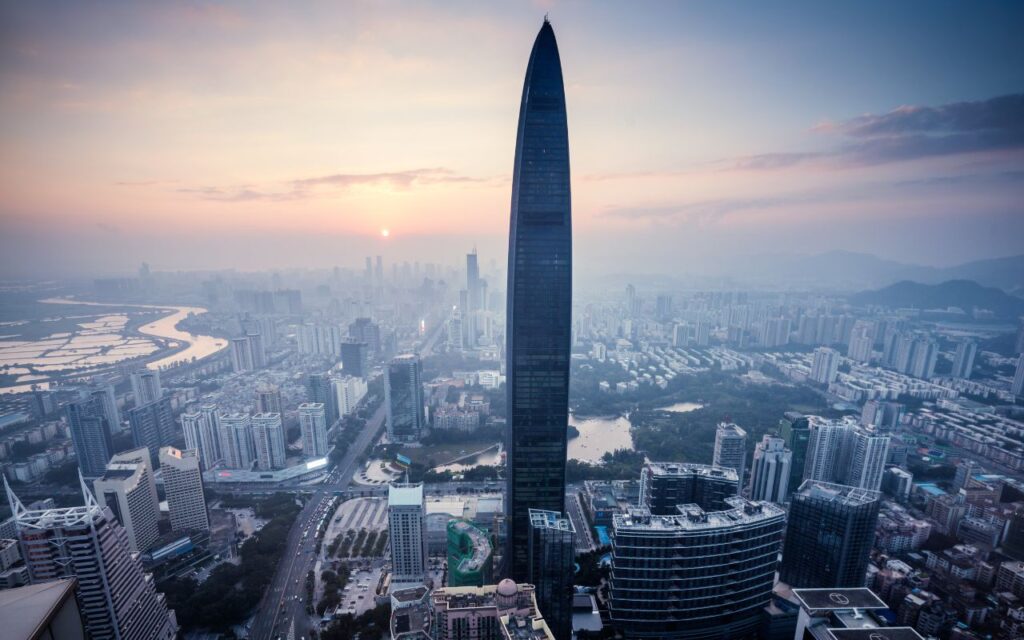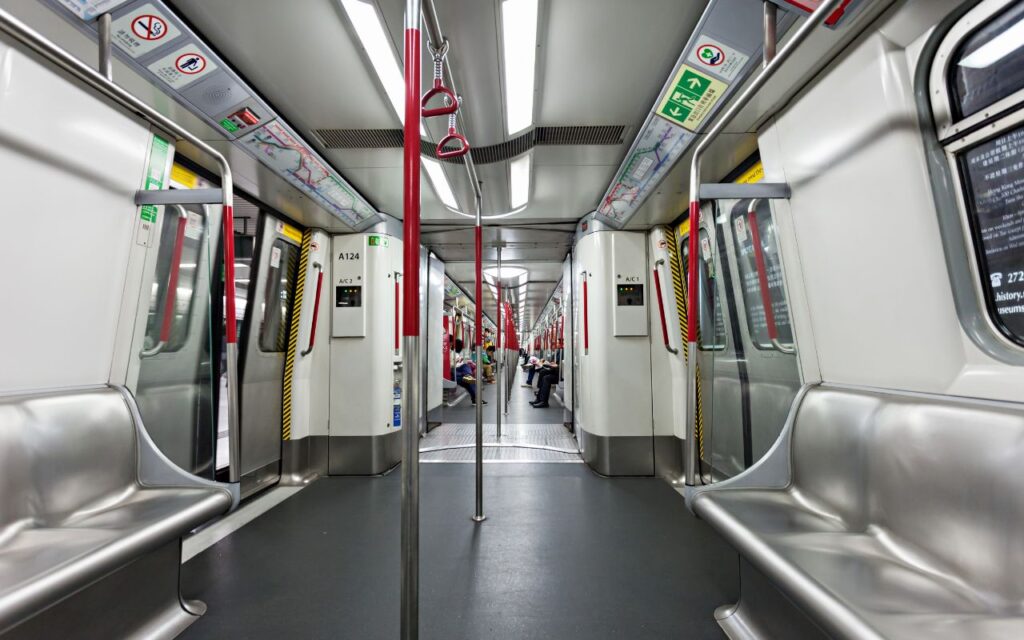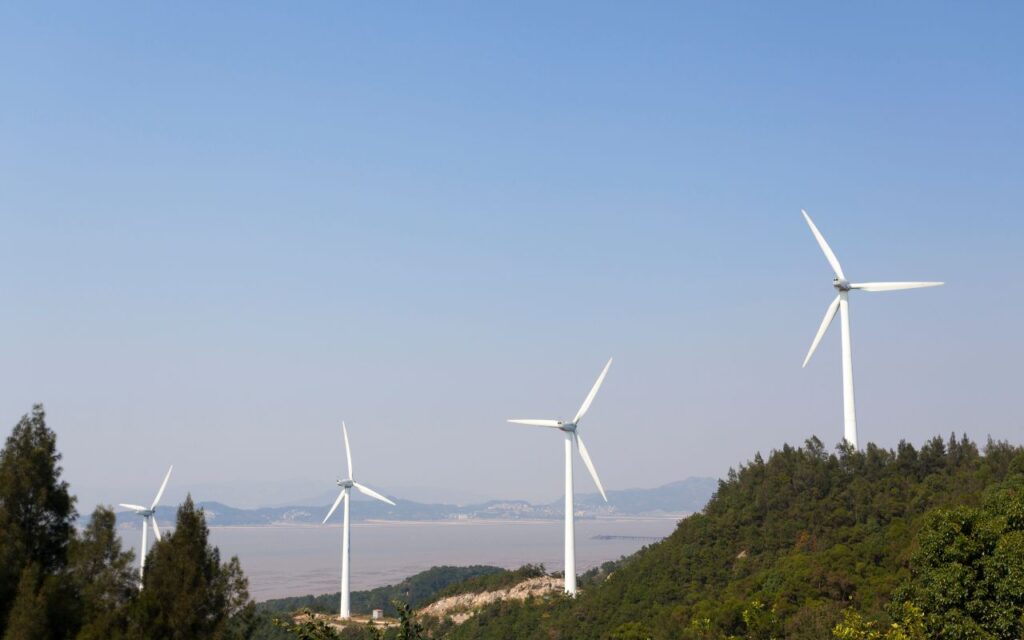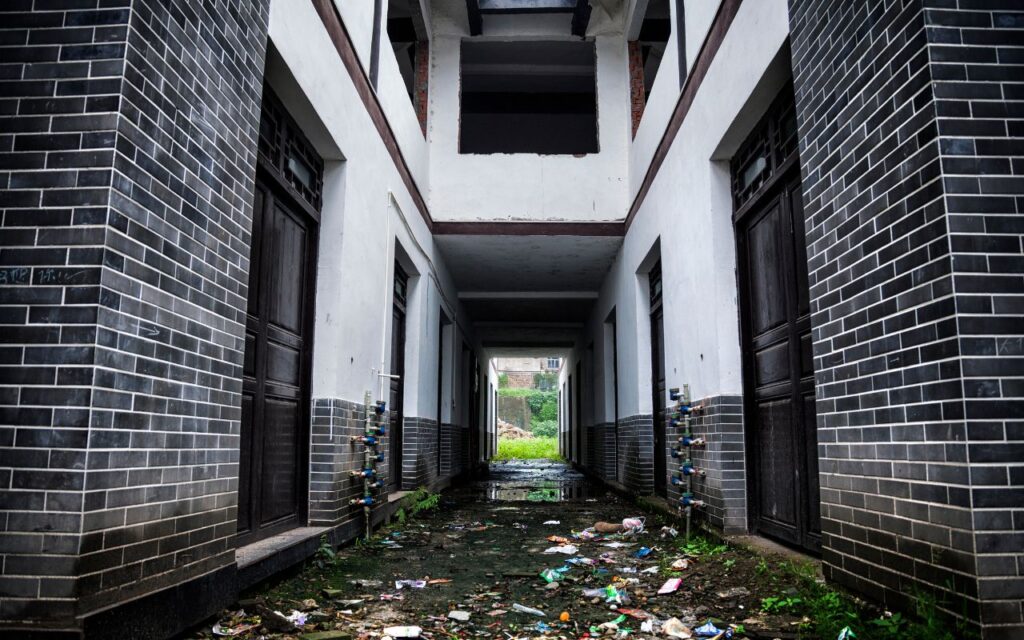As the Year of the Dragon approaches on the lunar calendar, China is gearing up for the grand celebration of Chinese New Year. For teachers working in China...
China’s rapid transformation over the past few decades has been nothing short of remarkable, and at the heart of this transformation are its mega-cities. These sprawling urban centers have played a pivotal role in reshaping China’s economic and social landscape, and a key factor behind their success has been the innovative use of technology and infrastructure to address the unique challenges of urbanization.
– Liam Edwards, Teach TEFL in China, 07 November 2023

China’s journey from an agrarian society to an industrial and technological powerhouse is closely intertwined with the growth of its mega-cities. Mega-cities are defined as urban areas with populations exceeding 10 million people. China, with its vast population, has seen a surge in the number of such cities, including Beijing, Shanghai, Shenzhen, and Guangzhou.
The rapid growth of these cities can be attributed to several key factors:
Mega-cities serve as economic powerhouses, attracting both domestic and international businesses. These cities offer job opportunities, a vibrant business environment, and access to global markets. Shanghai, for instance, is often referred to as the financial hub of China, while Shenzhen is known as a major tech and innovation center.
As people from rural areas seek better economic prospects, they flock to mega-cities in search of employment. This rural-to-urban migration has been a significant driver of urbanization, leading to the rapid expansion of these cities.
The Chinese government has invested heavily in infrastructure development in mega-cities. This includes modern transportation networks, airports, high-speed rail systems, and impressive architectural projects. These investments have enhanced connectivity and accessibility, making these cities even more attractive to businesses and residents.
One of the key drivers of China’s mega-city success story is the innovative use of advanced technologies. These technologies have not only improved the efficiency of urban life but have also made these cities models for modernization.
China’s mega-cities are known for their efficient and interconnected transportation systems. High-speed rail networks, extensive subway systems, and modern bus fleets have greatly reduced traffic congestion and improved accessibility. Beijing’s subway system, for instance, is one of the busiest and most extensive in the world, making it easier for millions of commuters to get around the city.

Mobile payment platforms like Alipay and WeChat Pay have revolutionized the way people in mega-cities make transactions. From paying for groceries to hailing a taxi, these apps have made daily life more convenient and cash-free.

China’s mega-cities are also at the forefront of sustainable urban planning. From green rooftops to energy-efficient buildings and public transportation, these cities are addressing environmental concerns and reducing their carbon footprint, with a popular focus on electric cars and ride-sharing apps, like Didi – China’s version of Uber.

The use of big data and artificial intelligence (AI) is helping mega-cities manage traffic flow, optimize energy consumption, and enhance public safety. Smart city initiatives in Chinese mega-cities are using real-time data to improve the lives of their residents.

While China’s mega-cities showcase successful urbanization and modernization, the country is also known for its “ghost cities.” These are urban areas with extensive infrastructure and housing developments that appear empty or underpopulated. Ghost cities have sparked curiosity and debate around the world.
The existence of ghost cities can be attributed to various factors, including speculative real estate development, government policies to boost urbanization, and demographic shifts. Some of these cities were built in anticipation of future population growth, while others were the result of real estate speculation.
However, it’s important to note that the term “ghost city” doesn’t necessarily mean these areas remain unoccupied indefinitely. Many of them are gradually filling up as people move in for economic or lifestyle reasons. In some cases, ghost cities have transformed into vibrant urban centers as their infrastructure and amenities become more attractive to residents.
China’s mega-cities continue to evolve and adapt to the changing global landscape. Through the innovative use of technology and infrastructure, these cities have become models of modern urban living. As they grow, they will continue to address urban challenges while offering the promise of a more sustainable and efficient future.
In conclusion, China’s mega-cities have harnessed advanced technologies and infrastructure to support their rapid growth and modernization. The seamless integration of smart transportation systems, cashless payments, sustainable initiatives, and big data into daily life has made these cities models for urban development. As China continues to redefine its urban landscape, its mega-cities will undoubtedly remain at the forefront of global urbanization and serve as a testament to the power of innovative technologies and forward-thinking infrastructure planning.
Recent Posts
As the Year of the Dragon approaches on the lunar calendar, China is gearing up for the grand celebration of Chinese New Year. For teachers working in China...
5 Fun Chinese TV shows to check out From gripping historical dramas to fantastical tales woven with martial arts mastery, the landscape …
Open Classes in Chinese Kindergartens Plus 12 free lesson plans The words ‘Open Class’ will likely stab fear into the heart of …
China’s Mega-Cities: Urbanization and Modernization China’s rapid transformation over the past few decades has been nothing short of remarkable, and at the …